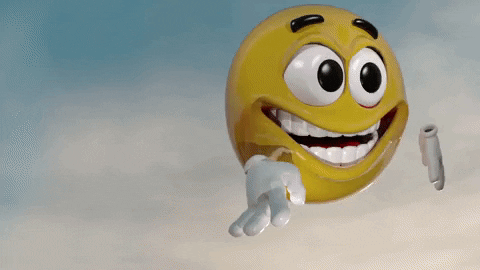Explore, Learn, Achieve: Your Physics Journey Starts Here
Ever dreamt of a classroom where physics becomes less of a head-scratcher 🤔 and more of a “mind-blown” 💥 experience for your students? Look no further than the power of emojis! These little icons, often associated with casual messaging, can be surprisingly effective tools for sparking curiosity and enhancing understanding in 🧠 physics ⚛️.
From Textbooks to Lightbulbs 💡: Bridging the Gap with Visuals
Remember the frustration of staring at complex physics diagrams in textbooks 📚? Emojis can bridge the gap between abstract concepts and the visual world students connect with. Imagine a confused face emoji 😕 next to a picture of an atom ⚛️, representing the difficulty students have grasping the subatomic world. Conversely, a “rocket” 🚀 emoji paired with Newton’s Third Law of Motion illustrates the concept of action and reaction in a clear and memorable way. Suddenly, those previously intimidating concepts become approachable and engaging.

Catering to Diverse Learners 🎓: Emojis for Every Mind

Physics isn’t a “one size fits all” subject. Some students grasp concepts best through visuals 🖼️, while others need a more hands-on approach ✋. This can be frustrating for educators trying to cater to these diverse learning styles. However, emojis offer a solution! Visual learners can benefit from creating emoji-filled infographics to depict the motion of a projectile 🏃♂️ (think “running person” emoji for initial velocity and a downwards arrow ⬇️ emoji for acceleration due to gravity) while kinesthetic learners can build models of forces using emoji stickers (emoji for applied force 💪, emoji for magnetic force 🔋). This way, every student has a learning pathway that resonates with them.
From Infographics to Escape Rooms 🚪: Unleashing Creativity
The possibilities for using emojis in physics education are truly endless! Imagine ditching the traditional quiz ❓ and creating an interactive one with emoji answer choices. Students could be presented with a scenario like a 🚗 car braking (emoji) and have to choose the emoji representing the force causing the car to stop (✋ emoji for friction). Want to push the boundaries of engagement even further? Develop an emoji escape room challenge! Students could solve physics problems like calculating the distance traveled by a falling object (think “falling rock” 🪨⬇️ emoji) to “unlock” a virtual classroom door 🚪 and progress to the next challenge. These activities not only reinforce understanding but also foster a sense of teamwork 👫 and accomplishment 🏆.
The Emoji Adventure Continues! 🚀
The journey with emoji-powered physics education has just begun! By embracing the playful spirit of emojis, you can transform your classroom into a vibrant space where learning feels like a fun and interactive exploration. Ready to get started? Head over to my website to discover a treasure trove of tools that can help you create engaging and effective emoji-based physics lessons! Let’s get emoji-fying and watch the “lightbulb” 💡 moments light up your classroom!









